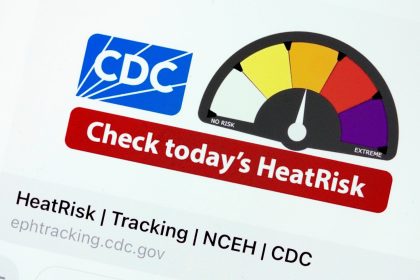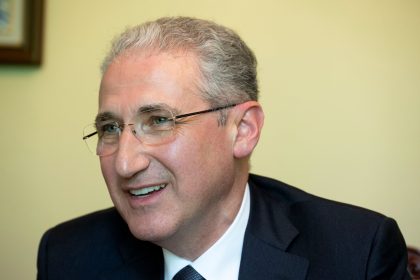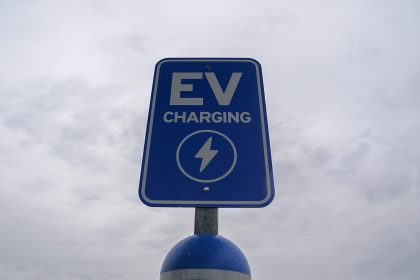Environmentalists Tell Congress to Invest in Efficient Electricity
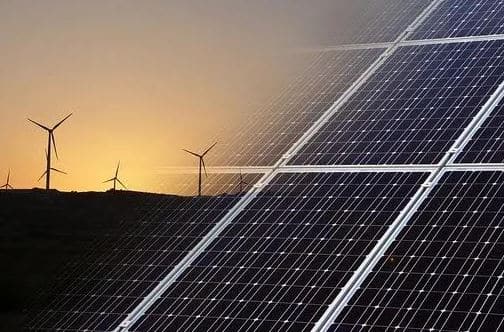
WASHINGTON — Environmental advocates promoted a plan to Congress Tuesday that calls for the United States to reach a 100% clean energy economy by 2050.
Fossil fuels and coal-fired electrical generating plants would be replaced by solar power, hydroelectric dams and offshore wind energy under four congressional bills. In addition, the nation’s electrical grid would be retrofitted or expanded with more efficient transmission equipment.
As they spoke, the Pacific Northwest sweltered under record high temperatures and meteorologists predicted more of the same this summer and many years to come from global warming.
“The energy sector is the second largest source of greenhouse emissions in the U.S.,” said Rep. Bobby Rush, D-Ill., chairman of the House Energy and Commerce subcommittee on energy.
Other parts of the bills seek a 50% reduction in greenhouse gas emissions by 2030. They would empower federal agencies to enact and enforce regulations to carry the plan through to completion.
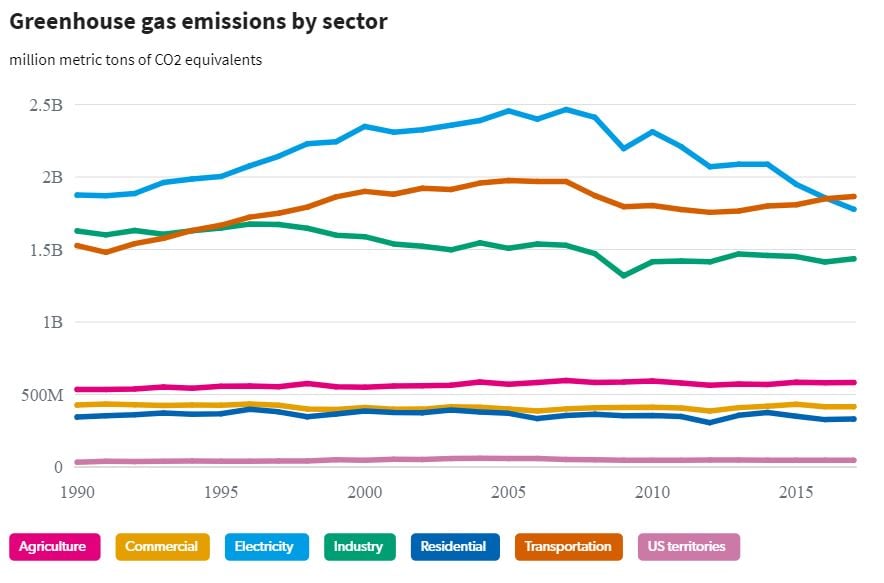
In other words, it’s a get-tough environmental plan while global warming leaves nothing but tough options.
Some lawmakers wondered whether the bills are too tough to be realistic.
“I’m concerned we are creating an affordability crisis,“ said Rep. Cathy McMorris Rodgers, R-Wash.
The energy alternatives advocated in the proposed legislation would drive up costs for consumers, she said.
She mentioned the example of disincentives in the bills to build more natural gas pipelines, which she said would raise electricity costs for consumers.
“This is not the way to lead to a clean energy future,” Rodgers said.
Much of the recent momentum for more efficient electricity originates with the Biden administration’s American Jobs Plan, which the president designed to improve the nation’s infrastructure, create hundreds of thousands of jobs and help the economy recover from the COVID-19 inspired economic downturn.
An agreement President Joe Biden reached with Republicans last week would invest $973 billion in infrastructure over five years, or $1.2 trillion over eight years.
Parts of the deal touch on bills considered by the energy subcommittee Tuesday.
They include $15 billion for a switch from gasoline-powered to electric vehicles and wider use of public transit. Another $47 billion would be spent to make municipal electrical generators and other infrastructure more resilient to severe weather or climate change.
The Biden administration says U.S. electricity demand is expected to double by 2050 over 2018 levels.
The roughly 20 new major electrical generation projects the U.S. Energy Department envisions building to meet the demand would create more than 600,000 jobs at transmission plants and 640,000 jobs to maintain transmission lines, according to Patricia A. Hoffman, an Energy Department assistant secretary.
New technologies already are making clean energy more practical for industry, Hoffman said. Much of it consists of wind and solar energy as well as electrical storage systems.
However, making it accessible to the most heavily populated areas is an obstacle.
“The most economically attractive potential renewable resources are typically located in geographic areas that are remote from the areas where demand centers are located,” Hoffman said in her testimony.
As a result, large investments in electrical generation infrastructure and interconnections that could include a bigger role for the federal government are needed, she said.
“Numerous studies find that a reliable power system that depends on very high levels of renewable energy will be impossible to implement without doubling or tripling the size and scale of the nation’s transmission system,” Hoffman said. “Such investments in transmission infrastructure include increasing the capacity of existing lines, minimizing transmission losses through the use of new technologies and building new long-distance, high-voltage transmission lines.”

















